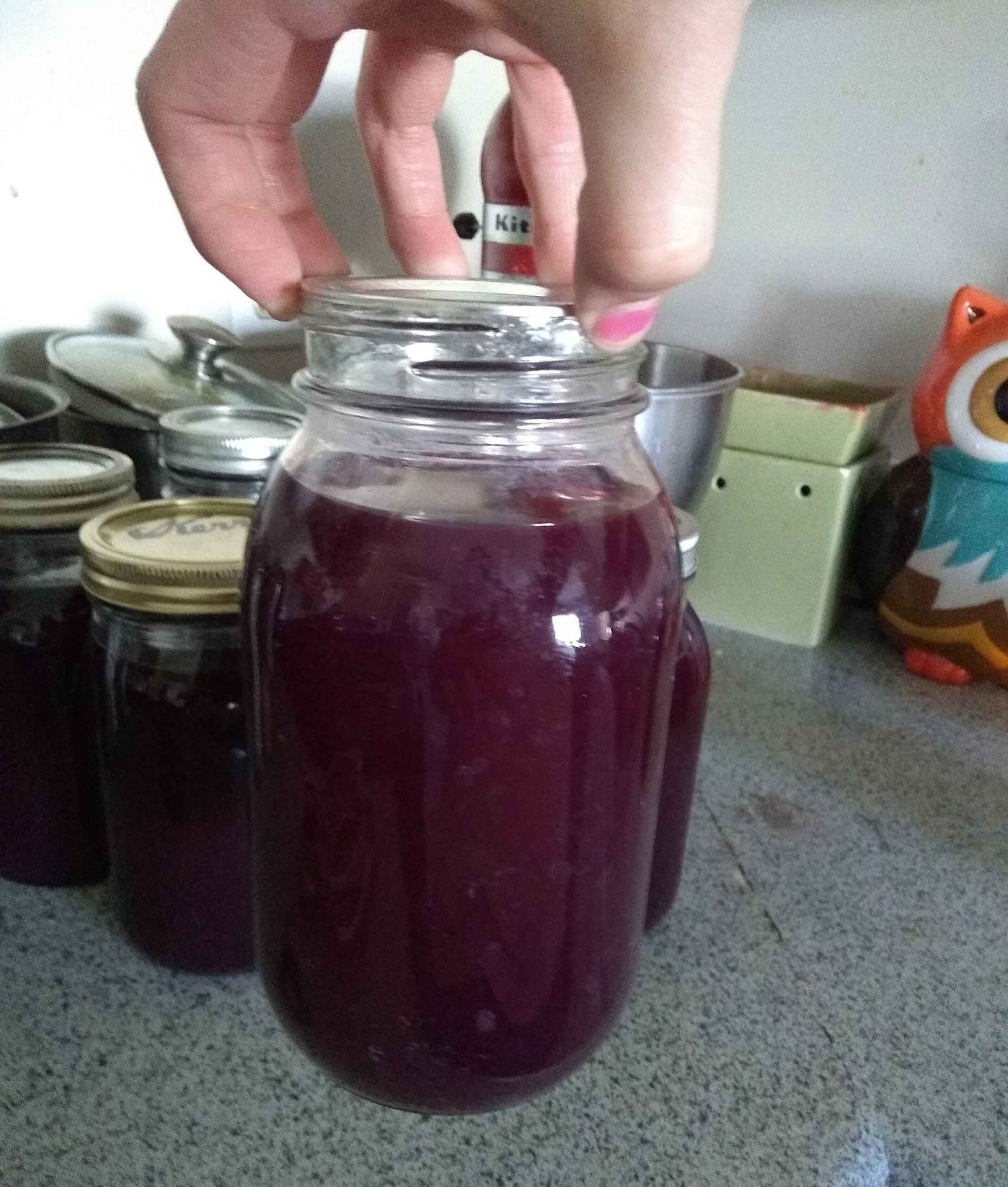A blood test is a standard medical procedure that can provide valuable insight into an individual’s health. Understanding the process will make your experience more pleasant and efficient, whether you are getting a routine health checkup, diagnosing medical conditions, or monitoring the progress of treatment.
Blood collection is a minor inconvenience for most patients. Some patients may feel anxious.
Prepare yourself for the procedure by using strategies.
How is blood collected?
The phlebotomist inserts a needle into the vein and then collects and transfers a small amount into a test tube.
The tubes are then sent to the laboratory for analysis. A technician can count or examine the cells and measure the levels of minerals/salts, zymes, or proteins in the sample. In some tests, the blood plasma is separated by centrifuging (spinning) the model. Some tests use a laser beam to measure the chemical content of the piece.
The phlebotomist will usually choose a vein near the elbow crook, as this is the easiest place to reach. You can also draw blood from the veins of your fingers, wrists, or heels. You can apply a tourniquet to stop blood flow in the vein and cause it to puff up.
Read more: Why do I bruise so easily? Could it be something serious?
Different tests require different preparation.
You will be given specific instructions by your GP or healthcare provider before a blood test.
Some of these include a 12-hour fast or the temporary discontinuation of certain medications.
These guidelines are crucial as they will have a significant impact on the accuracy of your results. Fasting is necessary before testing for glucose (blood sugar), lipids (blood fats), and other tests. This is because the blood sugar levels and cholesterol are typically higher after eating.
Water is allowed, but smoking should be avoided because it can increase a href=”https://diabetesjournals.org/care/article/19/2/112/19825/Acute-Effect-of-Cigarette Smoking on Glucose”>blood sugar, cholesterol and triglyceride levels/a>. Smoking is not allowed, but water is.
In general, you’ll be asked to fast overnight and then have your blood drawn in the morning. Dehydration and the release of chemicals into the blood can also affect your results if you fast for more than 15 hours.
Consult your doctor before fasting if you have type 1 diabetes. It can increase the risk of hypoglycemia. Fasting is safe for most type 2 diabetics, but some people, including those who take insulin or certain medications, may not be able to.
It is important to ensure the accuracy of a blood test by fasting overnight. Shutterstock
Five tips to improve your blood test
Consider these tips to improve your experience when collecting blood:
1. Hydrate
Water is essential up to 30 minutes before your appointment. Hydration increases blood flow and makes your veins easier to access. Avoid strenuous exercises prior to your blood test. This can increase certain blood parameters (such as liver function) while decreasing others.
2. Loose clothing
Dress in clothing that makes it easy to reach your arms. This will make the procedure less stressful.
3. Manage Anxiety
You can distract yourself by looking away and breathing normally. Virtual reality was tested for reducing needle anxiety among children. Bring something to listen to or read.
4. Be aware of your fainting risk
Tell the phlebotomist if you are prone to fainting when you arrive. If you want to reduce the chance of injury or passing out, have your blood drawn lying down. Hydration can help maintain blood pressure and also lower the risk of fainting.
5. Discuss difficult veins
Some people may have scarred or smaller veins due to repeated punctures ch, chemotherapy, or the use of blood thinners. Venipuncture in such cases may need to be repeated. If you experience discomfort or pain, you must speak to the phlebotomist. Some tests, like blood glucose levels, can be done using a finger prick. Other comprehensive tests, however, require a larger volume of blood.



